Come morning, after breakfast at our hotel, Grace, Manny, Jandy, Cheska, Kyle and I were met by my wife’s cousins Popong and Freddie at the hotel lobby. Once assembled, we boarded the rented van driven by Freddie that would take us on our 88.7-km. journey to Mauthausen Memorial, site of the first concentration camp established by the Nazis in in Upper Austria after their annexation of country in March 1938 and one of the last remaining concentration camps from World War II in Europe.
On our way out, we also picked up Vicky, another of Grace’s cousins, and her husband Isko who were to join us on our trip. Our journey took us a little over an hour, with a short stopover for snacks and a toilet break. Upon arrival, Freddie parked the van at a big parking area just outside the complex. Upon alighting, we first walked to the new, raw gray concrete visitor’s center, just outside the site’s walls.
Designed by architects Herwig Mayer, Christoph Schwarz, and Karl Peyrer-Heimstätt, the center was inaugurated in 2003. It covers an area of 2,845 sq. m. (30,620 sq. ft.). and has a book shop, information desk, workshop, toilets and a cinema. There is also a cafe but it has different opening hours depending on the time of year.
The camp, situated on a 265 m. (869 ft.) rise of above Mauthausen town (2014 population: 4,913), on the Gusen River that flows into the Danube River, presently has a serene setting that belies its sordid past as, during World War II, Mauthausen was a labor camp designed to kill its inmates. The main camp of Mauthausen consisted of 32 barracks surrounded by an electrified barbed wire, high stone walls and watch towers.
From its beginnings, in August 8, 1938 (when prisoners from the Dachau concentration camp were sent to Mauthausen to begin the camp construction), to its liberation by the US 11th Armored Division, 3rd US Army on May 3, 1945, the concentration camp, one of the largest labor camp complexes in the Third Reich, worked people to death mining granite to build the granite fortress-prison of the main camp, pave the streets of Vienna and build Adolf Hitler‘s grandiose architectural projects. About 190,000 people from all over Europe were imprisoned in Mauthausen.
They included non-Germanic people groups (Jews, Slavs, Soviet prisoners, Czech and Polish intelligentsia, Roma, gypsies, etc.) who didn’t fit the Nazi ideal of racial superiority, perceived social threats (homosexuals, Jehovah’s Witnesses, etc.), and political dissenters (Social Democrats, Communists, anarchists, etc.). Mauthausen’s most famous inmate was Simon Wiesenthal who created the Simon Wiesenthal Center after the war to locate fugitive Nazi war criminals.
Inmates here were literally worked to death at the rock quarry (known as the “Wiener Graben”) and their daily diet was only half the calories necessary for subsistence. Certain groups were simply summarily executed (including via a gas chamber) by the Nazi regime.
Over 100,000 people died. In 1949, it was declared a national memorial site and, on May 3, 1975, 30 years after the camp’s liberation, Bruno Kreisky, the Chancellor of Austria officially opened the Mauthausen Museum . The Mauthausen site remains largely intact, but much of what constituted the sub-camps of Gusen I, II and III is now covered by residential areas built after the war. Today, Mauthausen Memorial stands as a reminder of the darkest days of Austria’s history.
We entered the camp via the main entrance that former prisoners referred to as the Mongol (or Mongolian) Gate. The two identical guard watchtowers towers above the gate give the appearance of Chinese architecture. As there was a ready supply of granite, there was extensive use of this stone, making Mauthausen as the most ornate concentration camp during the war. The camp’s stone construction also made the camp look the same as when it was built in 1938.
There was once a metal eagle and swastika above the gate but it was removed when the camp was liberated in 1945. The stairs on the right lead down to the S.S. Garagenhof (garage yard) which was used for S.S. celebrations and as an assembly area for inmates during delousing actions. Overlooking the garage is the balcony where camp commandant S.S. Col. Franz Ziereis would give speeches to his S.S. guards and inmates.
Once inside the camp, we stood on a wide open courtyard called “Roll Call Square” located in front of the hospital and gas chamber. Each day, there were 3 roll calls held in this courtyard (reduced to 2 after 1943) and inmates were assembled to hear speeches and instructions from Ziereis. The prisoner’s working day started at 4.45 AM in the summer and 5.15 AM in the winter. The day ended at 7 PM. A number of memorials to the victims of Mauthausen are located in the roll call area.
Straight ahead is the “Klagemauer” (“Wailing Wall”). When prisoners first arrived here, they had to pass an initiation ritual which included passing hours and, sometimes days, standing facing “The Wailing Wall” while chained to iron rings set in the wall.
They were also interrogated and brutally beaten. Today, the “Wailing Wall” and the wall on the left now have numerous personal memorial tablets placed there by families of the victims and a wide range of countries. There’s also a memorial to Pope John Paul II‘s visit to Mauthausen Memorial on June 24, 1988.
Behind the granite wall, on the right, is the quarantine camp while the building on the left, with 2 chimneys, is the hospital which contained a gas chamber in the basement. In the former kitchen is a Catholic church. The majority of the prisoners sent to Mauthausen were Catholics.
To the left of the Mongol Gate are some of the remaining wooden prisoner barracks that have been restored using the same materials used during the camp construction. These barracks were overcrowded and the sanitary conditions deplorable.
Each barrack had two bedrooms and two living rooms located on the left and right sides of the entrance. The prisoners were not allowed to spend much time in the living room, being forced to stay in the bedrooms, with two or three in the same bed. In front of the entrance, in the middle of the barrack, was the bathroom.
At the ground floor of the old infirmary is a very well explained (they also have an English translation) museum, opened in May 2013, covering the history of Mauthausen, from its inception in 1938 to the liberation of the camp on May 3, 1945.
On display are samples of letters, clothes (the prisoners were forced to wear colored triangles in order to identify the category to which they belong – Gypsy, gay, Jewish, political prisoners, etc.) and other artifacts seen inside the camp. This kept us occupied for quite a long time.
Next, we went down the basement where we followed the scene of the crime and the murder of prisoners. The gas chamber, refrigeration room, dissection room and crematorium complex, the very disturbing sections of the camp, are definitely not for the squeamish or for children.
The gas chamber, completed and used by the spring of 1942, could murder 120 people at one time and it is estimated that around 10,200 prisoners were gassed in this room. However, its construction was inefficient and the prisoners often died of suffocation rather than the gas. The Judas Opening, a hole in the door of the gas chamber, allowed the curious or, better said, the sadists, to see what is happening inside the chamber.
The dissection room was were, after a person was gassed, they were taken to have their gold fillings removed. The box on the right was for the collection of the fillings. After their fillings were removed, their bodies were stored in the refrigeration room before being taken to the crematorium.
The dissection room was also used for cruel medical experiments and for taking organs from living people. The organs were bottled and stored on shelves. The crematorium ovens was the final procedure in the murder process of tens of thousands of inmates of Mauthausen.
Then there is the Room of Names which displays and lists the etched names of 81,000 known victims (the names are also available to view via the internet) onto various horizontally placed black glass plates. We then left the building and walk a short distance before returning to an older part of the museum.
On a green field at the entrance in the concentration camp, between the main camp and the quarry steps, is the Memorial Garden, originally the site of the S.S. administrative barracks.
In 1949, the site was turned into a memorial garden with the first memorial being donated by France. Today, there are now 22 monuments and more than 30 inscribed plaques, donated by numerous nations subjugated by Germany during the World War II, to remember their prisoners from Mauthausen.
Also inside the camp are many graves of different nationalities. Barracks 21–24 and Camp II, formerly used as quarantine camps after 1944, now house remains of the inmates from the “American cemeteries” which were transferred here in 1961.
Just past the Memorial Garden Prisoners is the “Todesstiege” (“Stairs of Death”), were Jewish inmates were forced to run up the 186 steps carrying huge packs with 25 kgs. of blocks of granite on their backs from the Wiener Graben. The weight was gradually increased and, as the prisoners tired, they would fall backwards striking other prisoners, some of them being killed by the blocks that fell, and causing a domino effect, with the S.S. guards placing bets on who would fall.
For their sick entertainment, the sadistic S.S. guards would frequently take those that survived that fate to the top of the quarry and often forced them to jump or push them, over the narrow ledge of the quarry, to their deaths in a procedure called the “parachute jump,” cynically referring to them as “Fallschirmspringer” (“parachutists”). Today, the ledge is now overgrown with trees and bushes but, from an observation point, we can see the valley below.
Our visit to this concentration camp was educational, making us see the awful conditions the inmates were forced to live when the world was at war, and also left us speechless as we understood the pain people here experienced at this place. It was like taking a trip back into time that, even though it is horrific, it is still part of history, a history that, for the sake of the world’s future, none should ever forget or pretend that it doesn’t exist. The Mauthausen Memorial truly deserves a visit, not just for the camp itself, but for the memory of all the people who lost their lives here.
Mauthausen Memorial: Erinnerungsstraße 1, 4310 Mauthausen, Austria. Tel: +43 7238 22690. Fax: +43 7238 2269 40. Admission: 2 EUR. Open daily, 9 AM – 5:30 PM (March 1 – July 10); Tuesdays – Sundays, 9 AM – 5:30 PM (July 11 – October 31) and Tuesdays – Sundays, 9 AM – 3:45 PM (November 1 – February 28). Audio guides, in a variety of languages, are available for 3€. There are a number of guided tours available but it is a case of checking the website or phoning the visitor’s centre. During winter, some parts of the camp aren’t accessible for safety reasons (ice). Website: www.mauthausen-memorial.at.

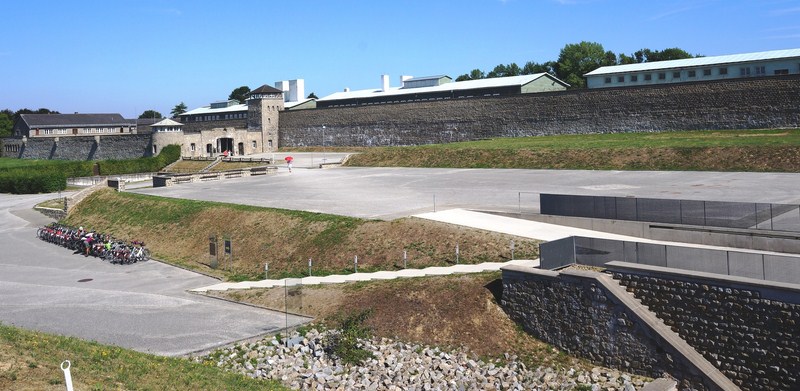
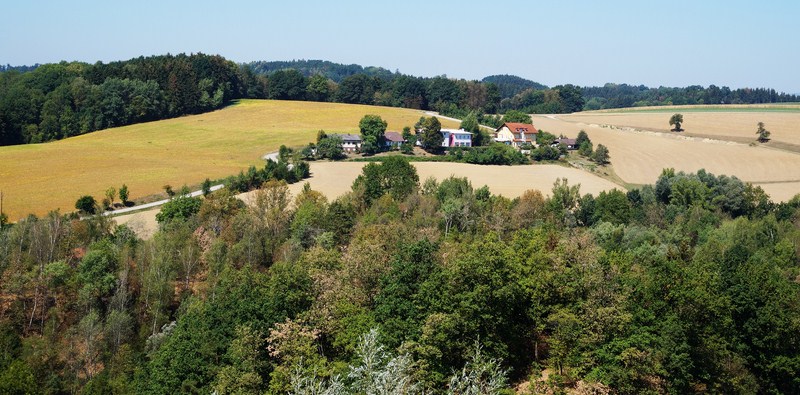
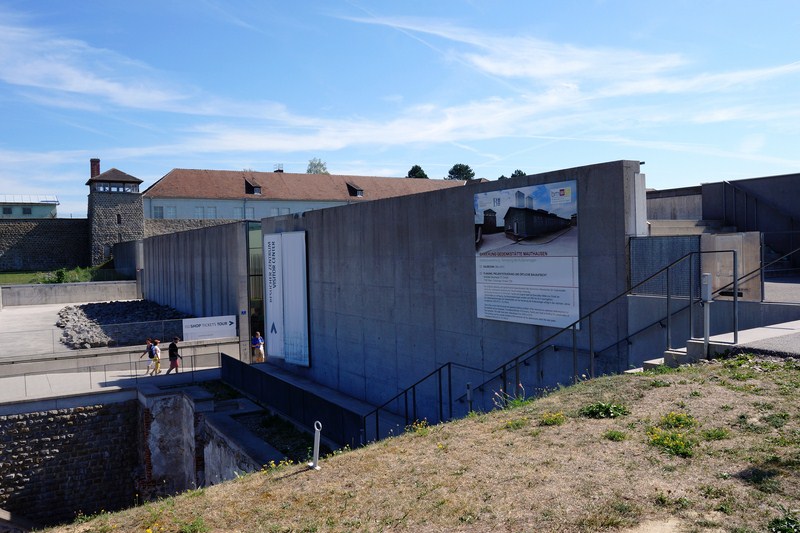
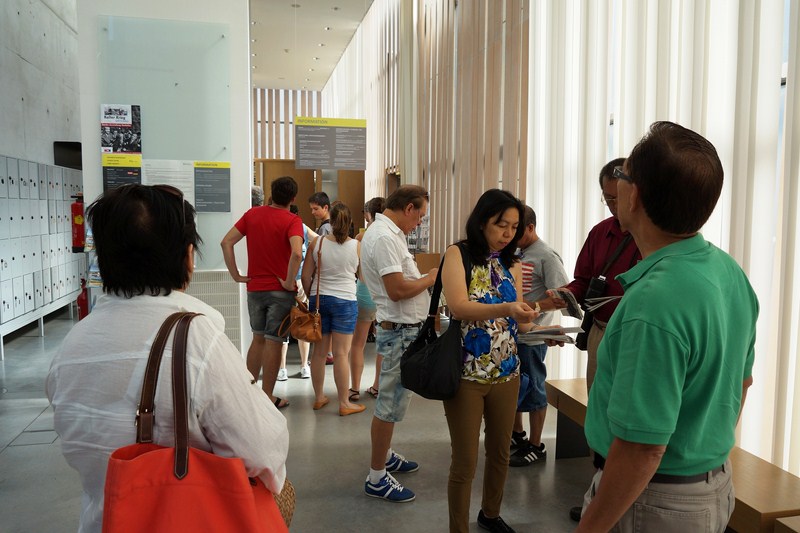
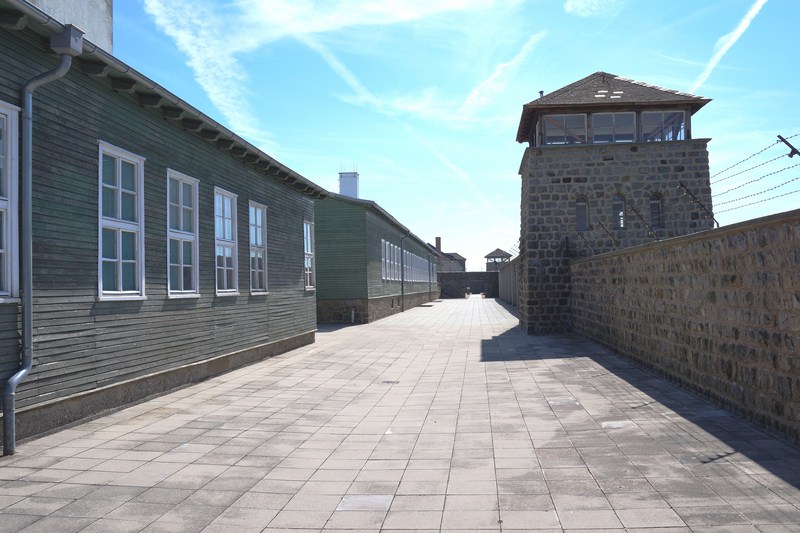
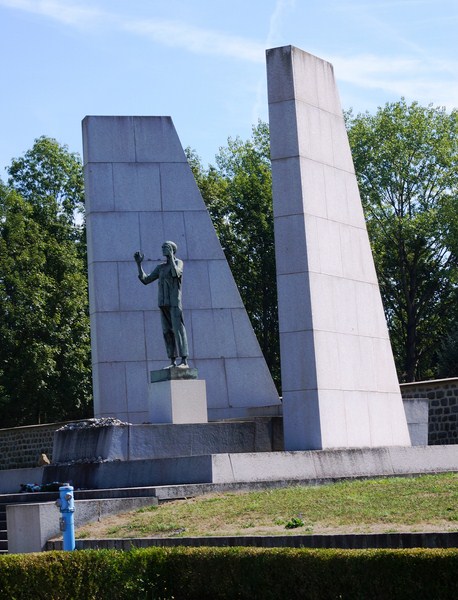
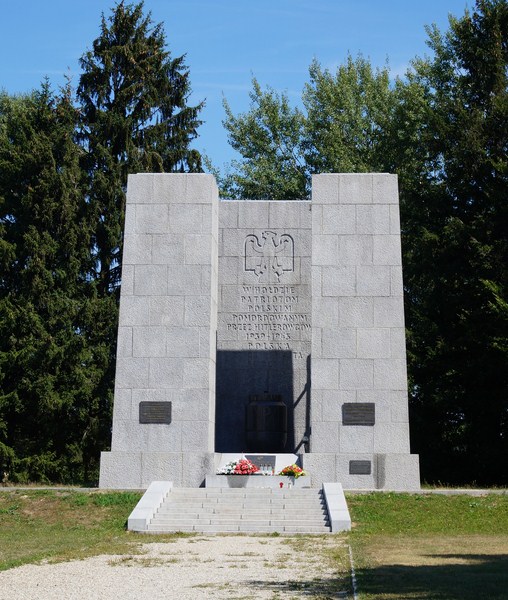
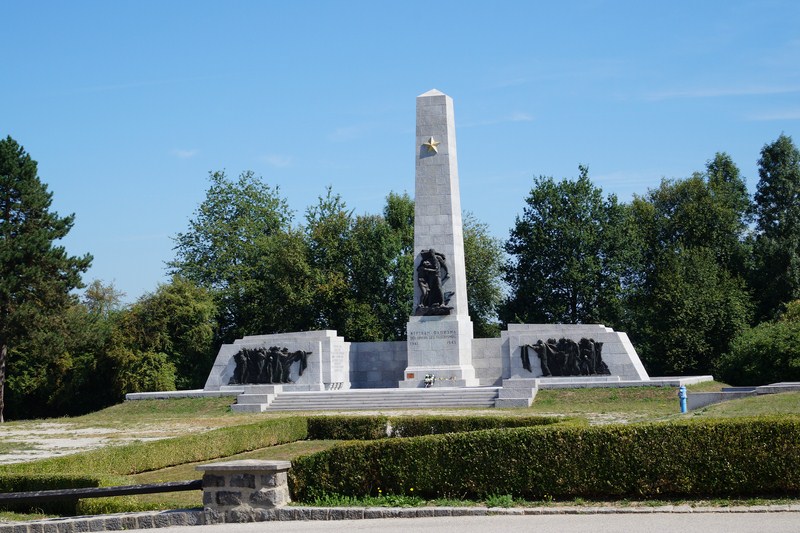
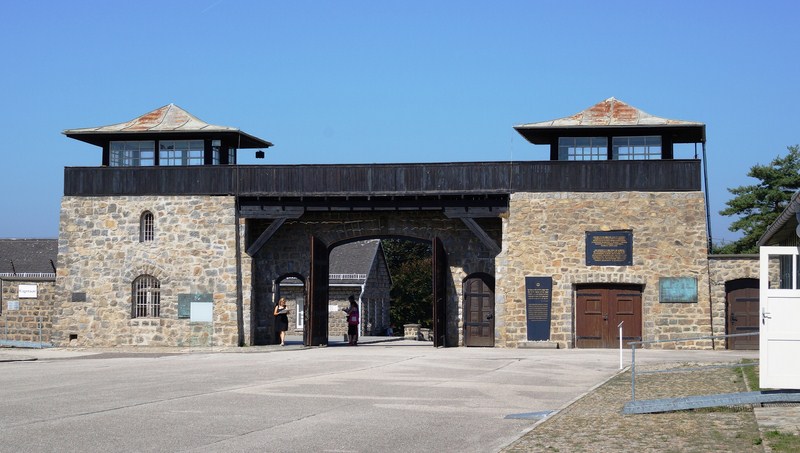
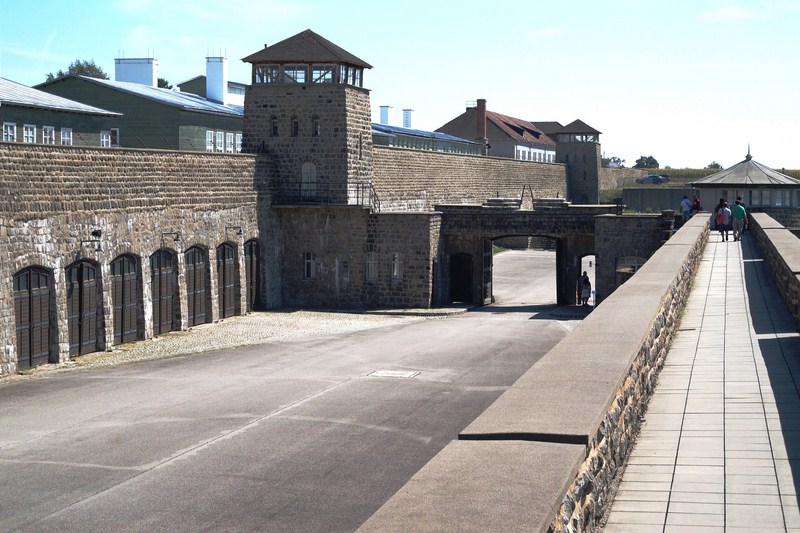
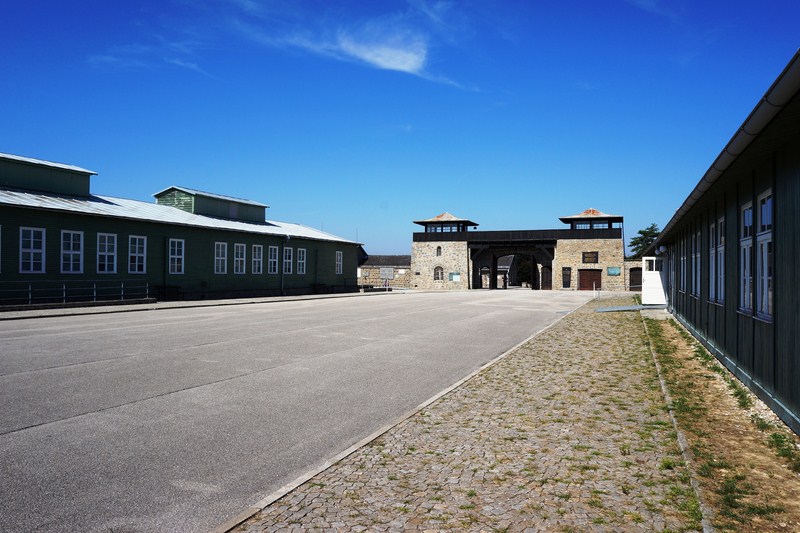
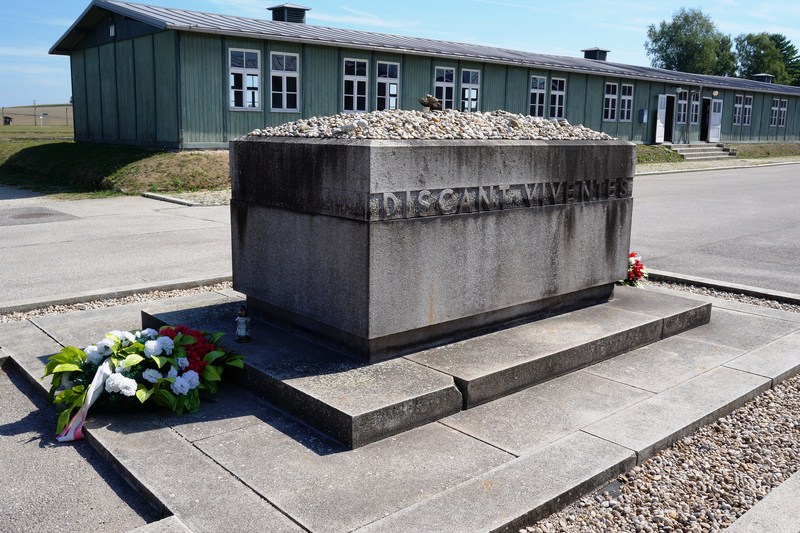
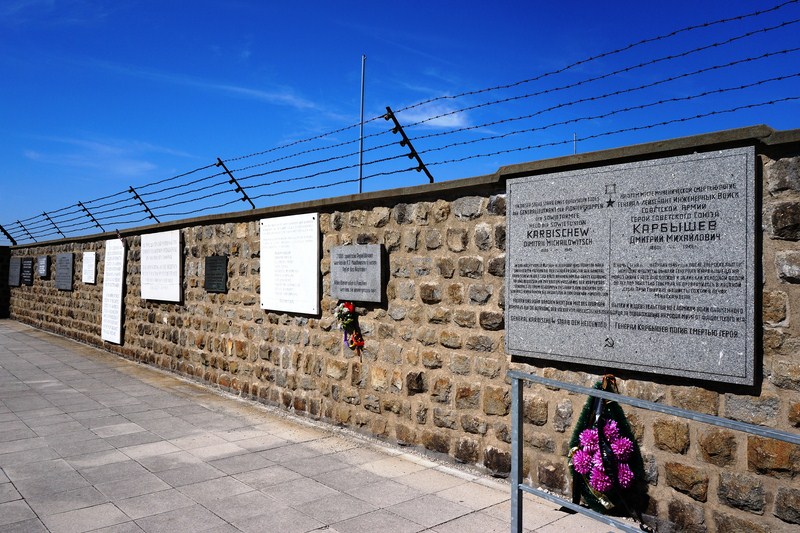
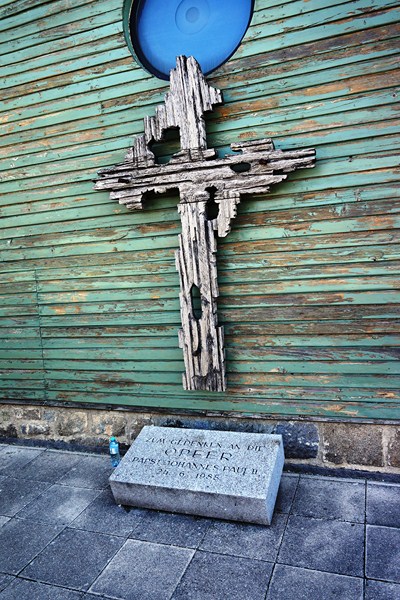
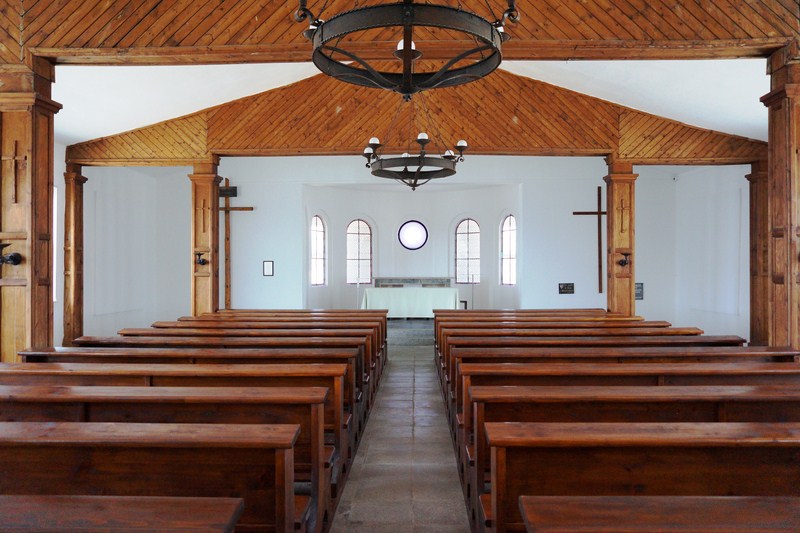
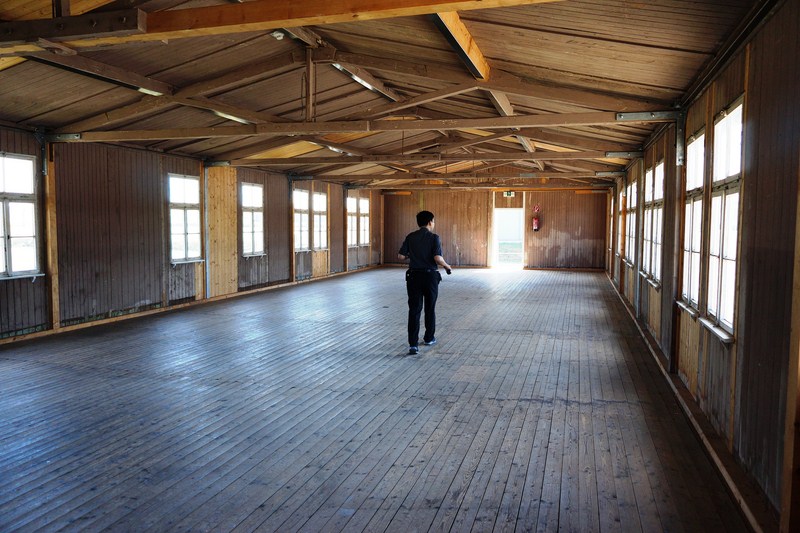
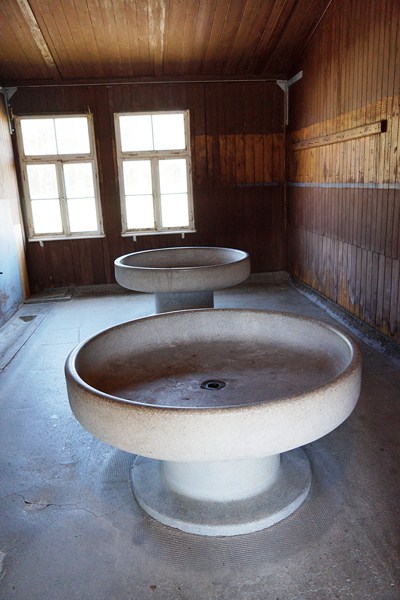
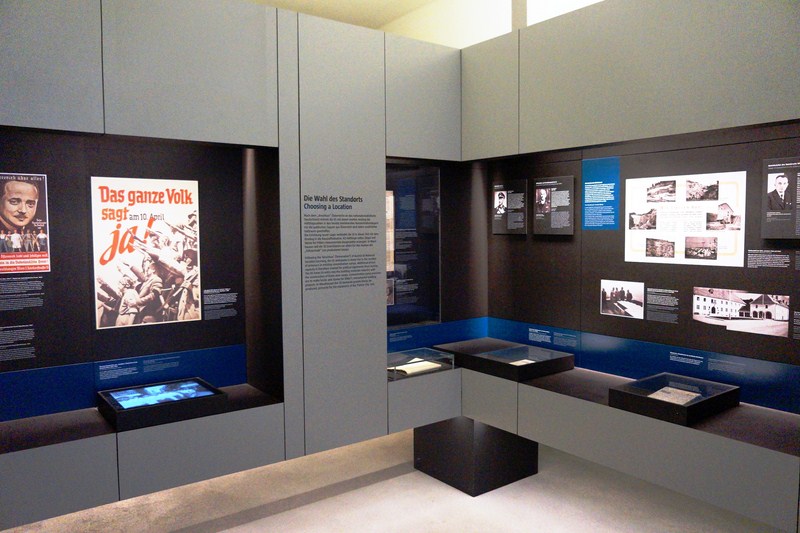
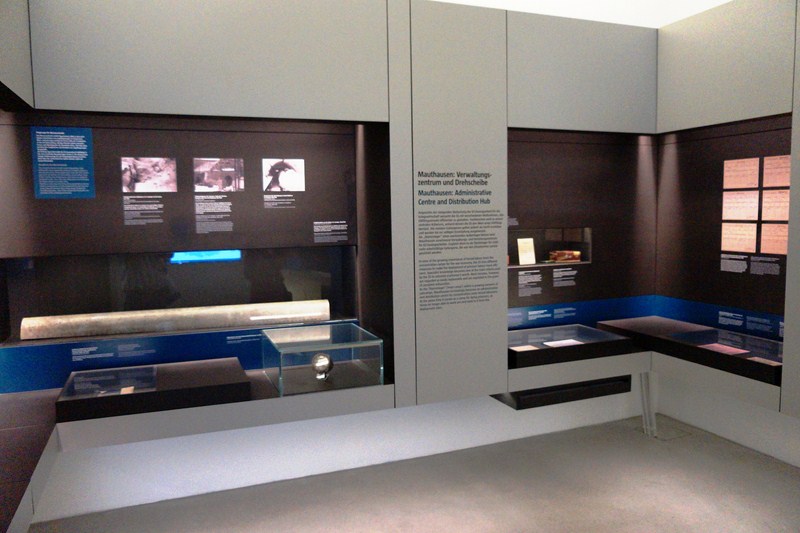
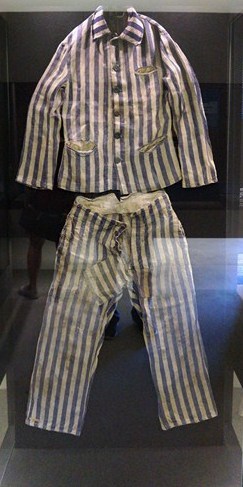
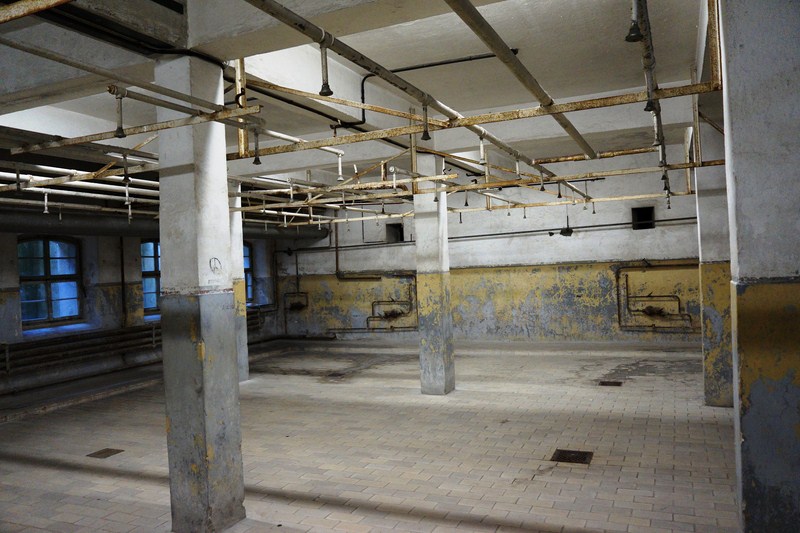
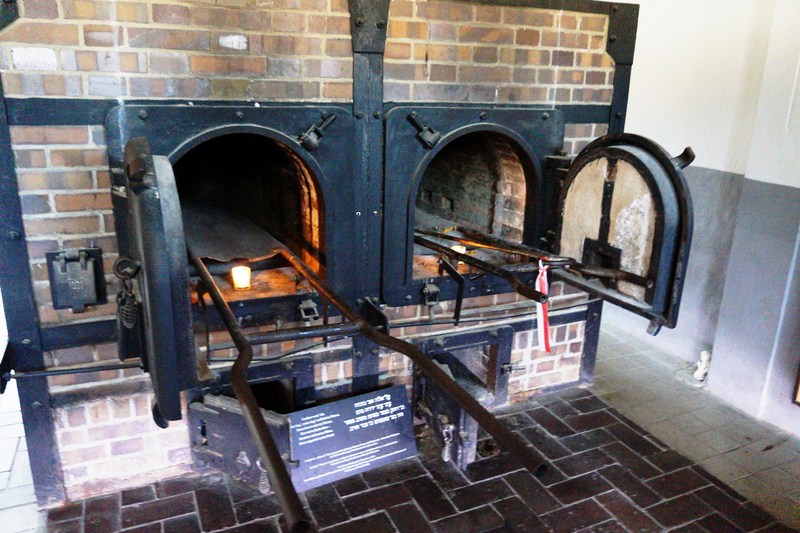
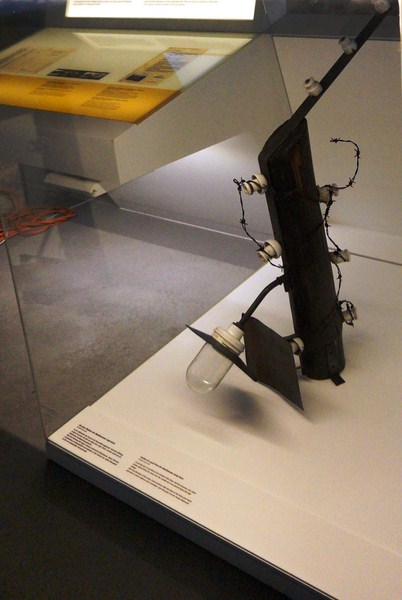
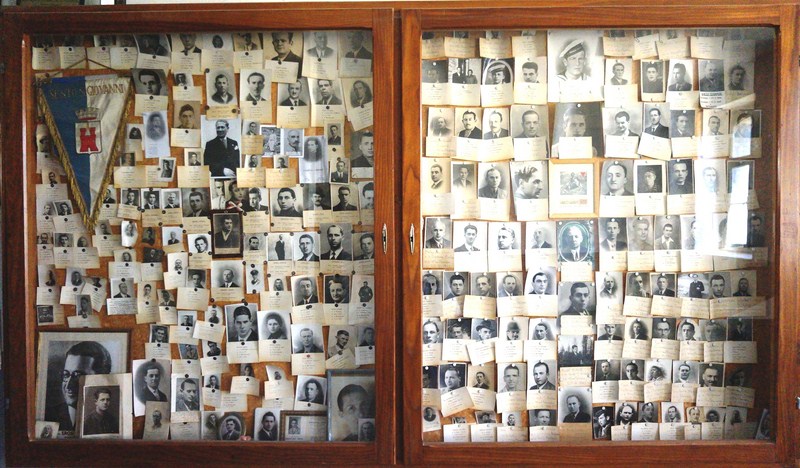
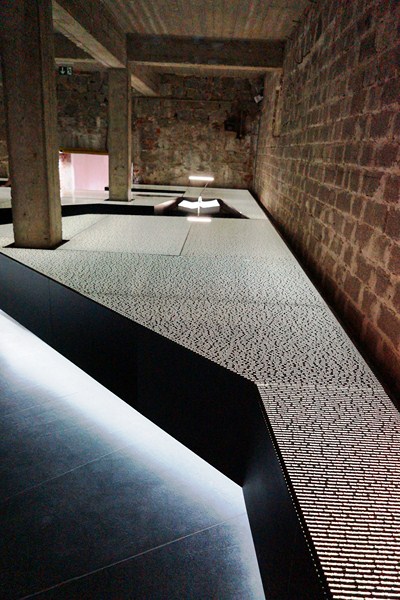
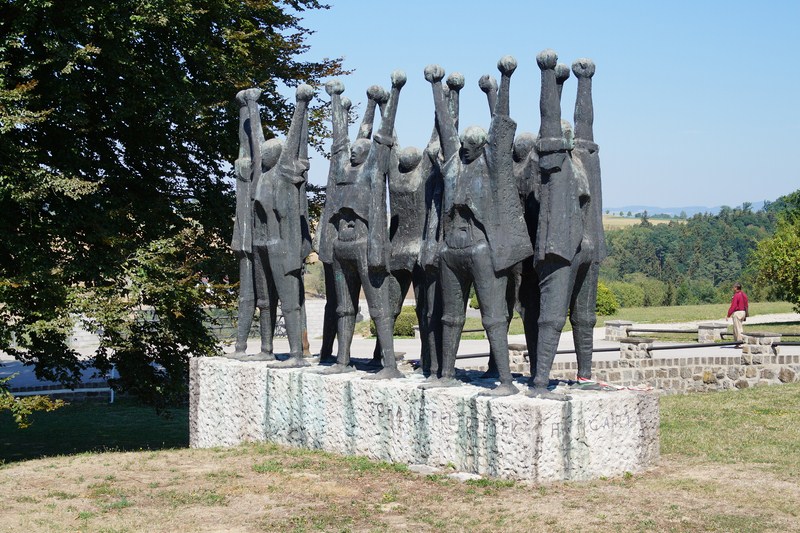
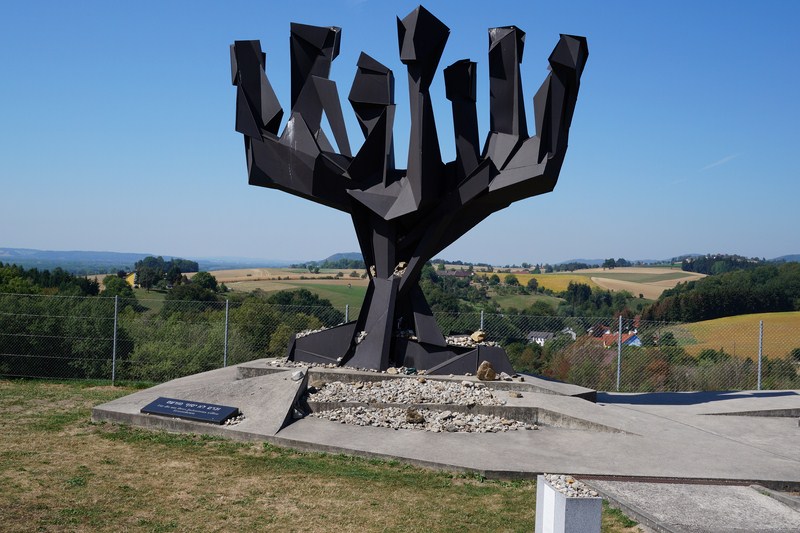
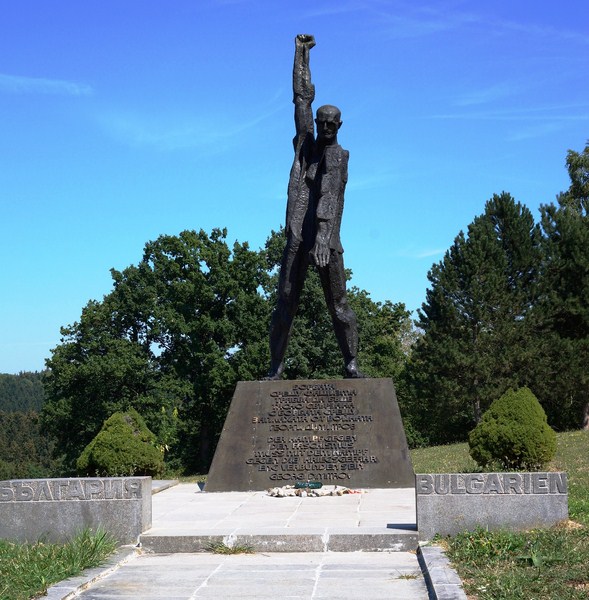
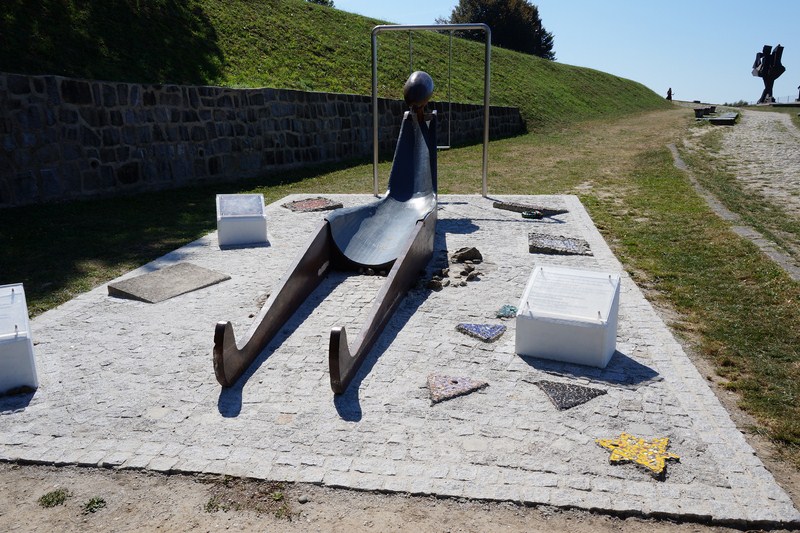
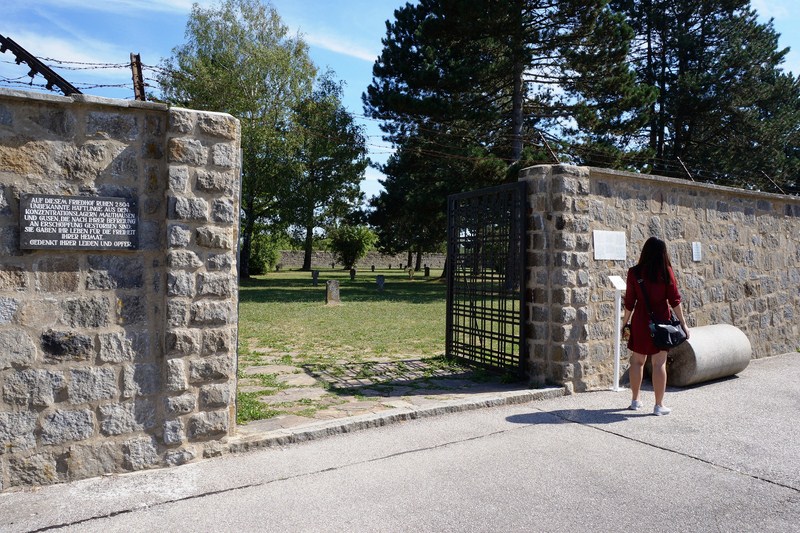
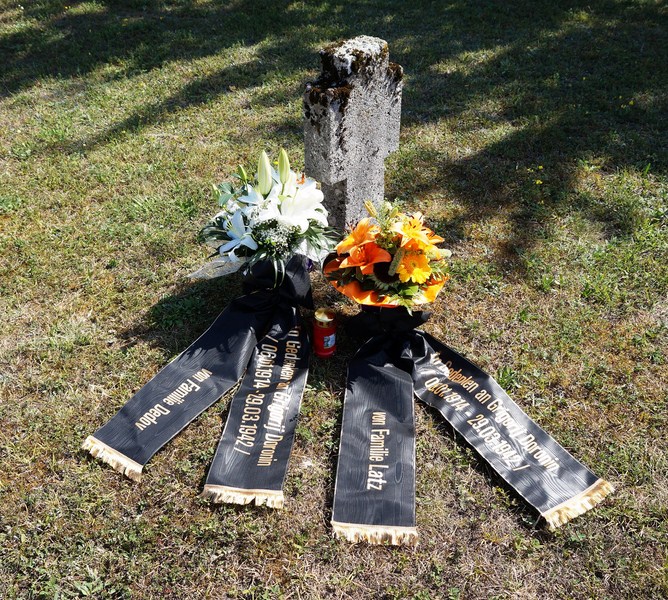
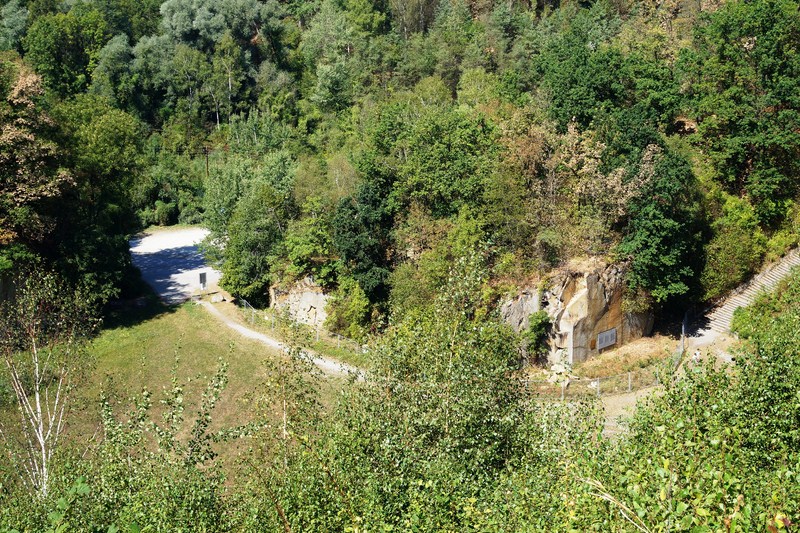
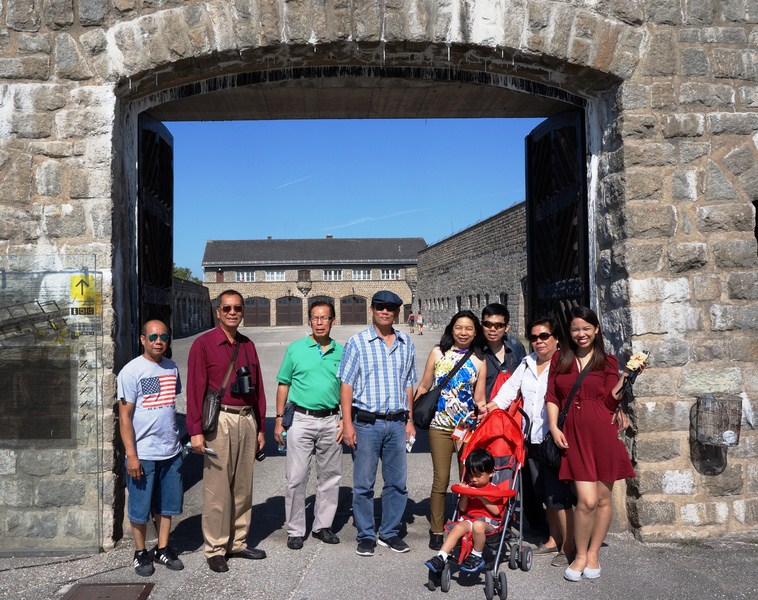
We just returned from a visit to Germany and Austria. I found your site when I was trying to caption my own pictures to share. You have done an INCREDIBLE job of retelling what no one should ever forget. We who see must share…part of the gift of our opportunity for travel itself. Thank you, Benjie, for your time, your thoughts, your photos. Thank you for letting the world travel with you. Well done!